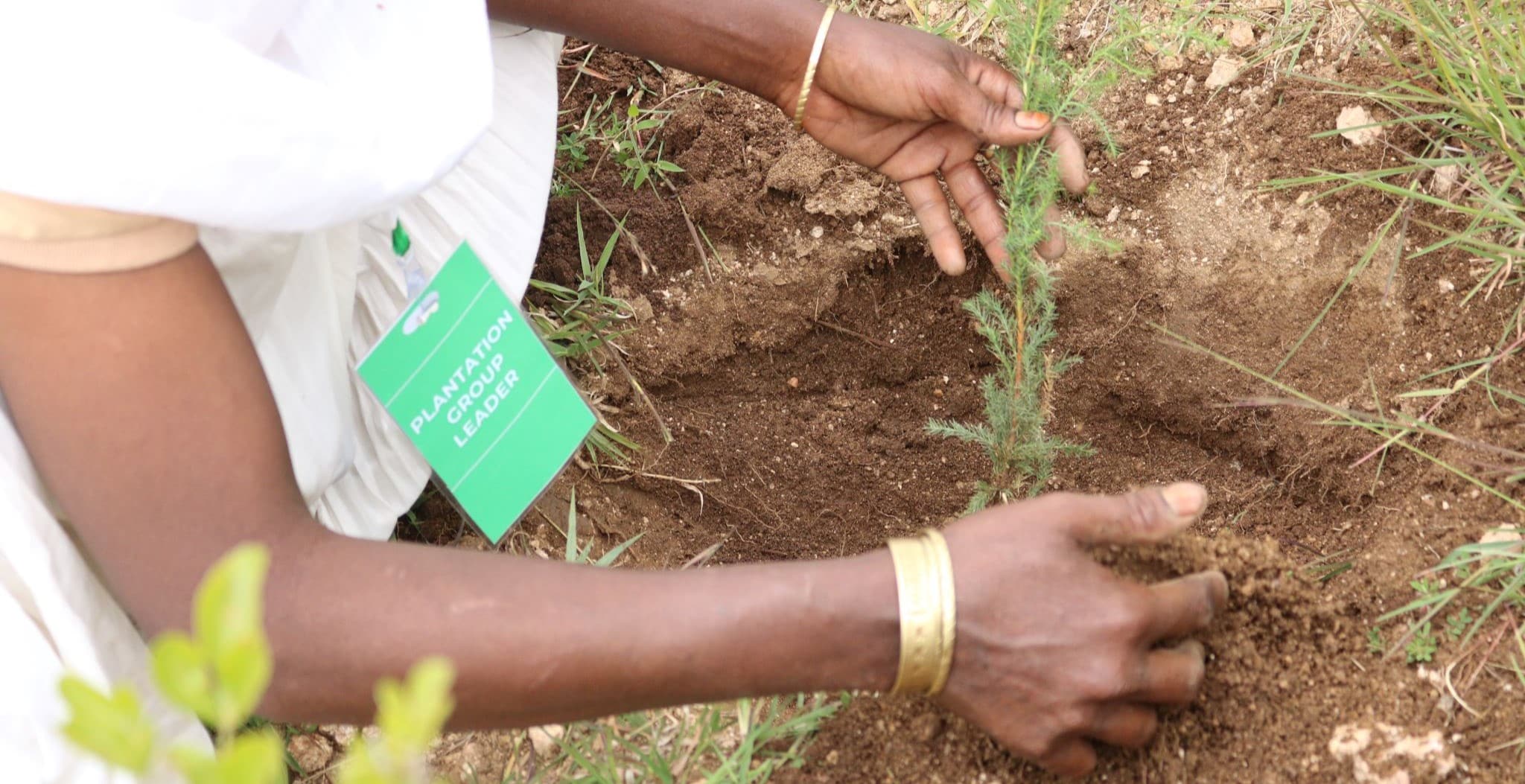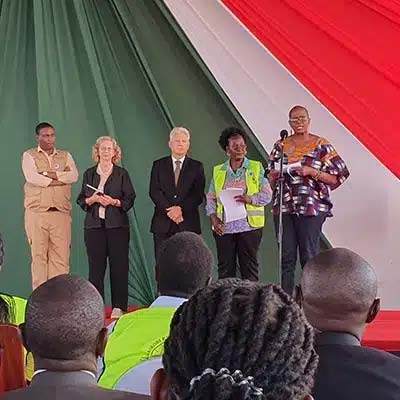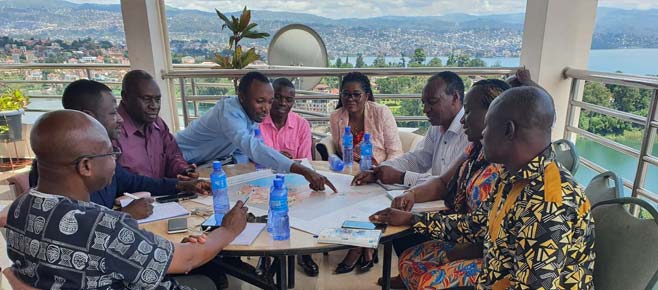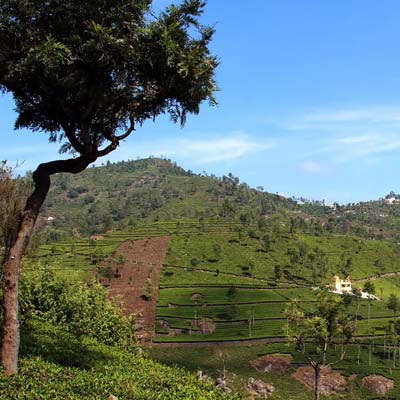Three Takeaways on Green Infrastructure and Nature-Based Solutions for Urban Resilience

This update was originally published by World Resources Institute.
Governments, organizations, world leaders and financiers are increasingly recognizing the potential for nature-based solutions to advance climate adaptation. But what do these solutions look like in practice, and how can they be implemented and scaled up for the benefit of people, nature and climate?
Scaling Urban Nature-based Solutions (NBS) for Climate Adaptation in Sub-Saharan Africa (SUNCASA), an initiative jointly managed by the International Institute for Sustainable Development (IISD) and WRI, is answering these questions. SUNCASA aims to enhance resilience, protect biodiversity and advance gender equality and social inclusion through nature-based solutions in three African cities: Johannesburg, South Africa; Dire Dawa, Ethiopia; and Kigali, Rwanda.
IISD and the International Union for Conservation of Nature (ICUN) recently highlighted SUNCASA in the fifth installment of their monthly NAture-based Solutions for climate Adaptation (NAbSA) Dialogue Series. This series takes an in-depth look at NBS and climate adaptation, covering topics such as how to incorporate gender equality into NBS, the importance of biodiversity and ecosystem evaluation. In this particular session, the conversation focused on the role of green infrastructure and NBS for urban resilience.
Here are three main takeaways from the NAbSA dialogues:
1. African cities must grapple with both too much and too little water.
Many sub-Saharan African cities are faced with the double threat of water insecurity and flooding risk. Over 60% of urban areas in sub-Saharan Africa lack basic water and sanitation. At the same time, climate change is worsening flood risk in many cities. In Kenya, for example, catastrophic floods earlier this year affected more than 100,000 households and killed almost 300 people. In the capital of Nairobi, informal settlements were hit particularly hard, with the flooding displacing over 40,000 people.
Climate change has exacerbated these challenges, but they are not new. In 2006, a devastating flood stemming from the Dechatu River in Dire Dawa, Ethiopia, caused significant fatalities and damage throughout the city. Since then, the Dechatu River catchment has experienced ecosystem degradation — erosion, most notably — and is further strained by rapid urbanization. The dialogues spotlighted SUNCASA’s work in Dire Dawa. The project is addressing flood risk, water stress, erosion and urban heat through land restoration and improved land-use practices around the catchment. It also utilizes tree planting, buffer zone development around the Dechatu River and agroforestry in the city, exemplifying how NBS can be a win-win for nature and cities alike.
2. Well-being for people and nature go hand in hand.
A hallmark of SUNCASA is the project’s gender-responsive approach to NbS. In each of the three cities where SUNCASA is active, the project has partners focused on gender equity and social inclusion (GESI) — and for good reason. Research shows that NbS interventions require the incorporation of critical community-level stakeholders, which often includes women, to be successful.
Ndivile Mokoena, Project Coordinator for Gender CC South Africa, a local SUNCASA partner in Johannesburg, put it best: “There’s still a gap in how women and other underrepresented groups are engaged in NBS, despite their acute role in protecting and managing natural resources…In integrating the GESI approach, we ensure that our activities are not only effective, but also equitable.”
For gender-responsive nature-based solutions to be effective, they must also be intentional. Project developers need to ensure the right conditions for enabling gender-responsive approaches at all stages, from design all the way to implementation, monitoring and maintenance.
According to Vedaste Uwayisenga, Ag. Director of the Construction Permitting One Stop Centre Unit for the City of Kigali, the first step of this approach is connecting with the right stakeholders. “I would consider, first, to challenge ourselves [in] having a sense of ownership and awareness…people must be aware to have this kind of inclusive participation,” he noted in the dialogue.
3. Similar challenges need distinct, contextual solutions.
While the three SUNCASA cities are all confronting climate and water-related challenges, each one has unique risk factors, causes and solutions. Johannesburg, for instance, deals with pollution and solid waste dumping, while the focus in Kigali is floods, landslides and agricultural challenges. Even when cities face similar challenges, the appropriate solution, and specific NBS interventions, may differ. While all three cities face risks from flash floods, for example, Dire Dawa needs agroforestry and urban tree planting to reduce runoff and urban heat, Kigali needs vegetated buffer zones to stabilize gullies and prevent riverbank encroachment, and Johannesburg needs to clear invasive species and reintroduce indigenous plants.
“The circumstances in Johannesburg are very different from Kigali and from Dire Dawa,” said Janina Schnick, Project Lead for IISD. “In our project, we’re trying to go and do very localized assessments: What needs to be done, who are the groups that need more access to water resources, and how can they be involved in the process?”
To Schnick’s point, in addition to the contextual differences in the challenges and solutions themselves, different actors will need to be involved on different issues and at different stages.
“There is no silver bullet and no one-size-fits-all to address these issues,” added Tony Nello, Senior Programme Officer for Cities at IUCN. “Certainly, there will be a need of combining approaches such as regulation, initiatives, (and) market-based instruments to address these issues… One single city government cannot address this alone.”
To learn more about SUNCASA and hear from the experts directly, explore the full recording and slide deck from this fifth session of the NAbSA Dialogue series.












